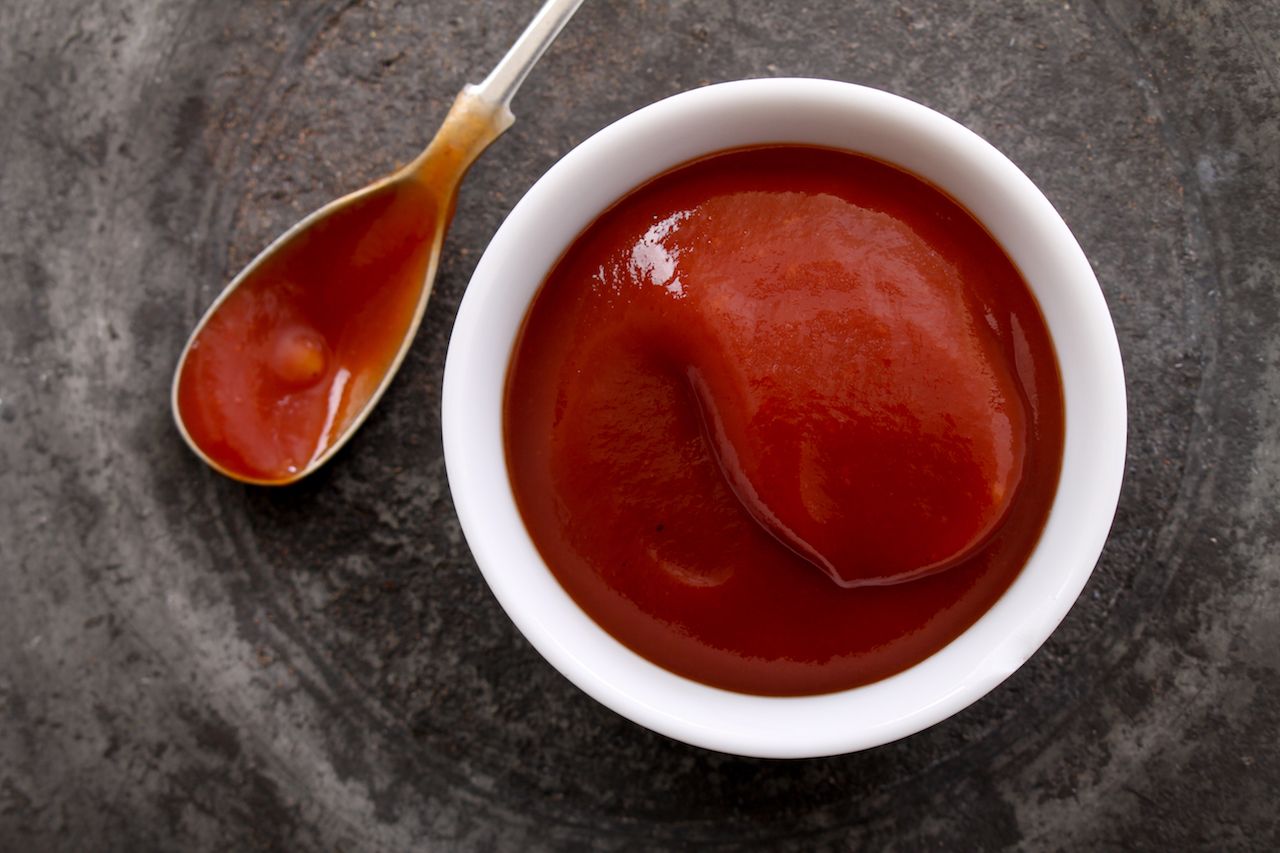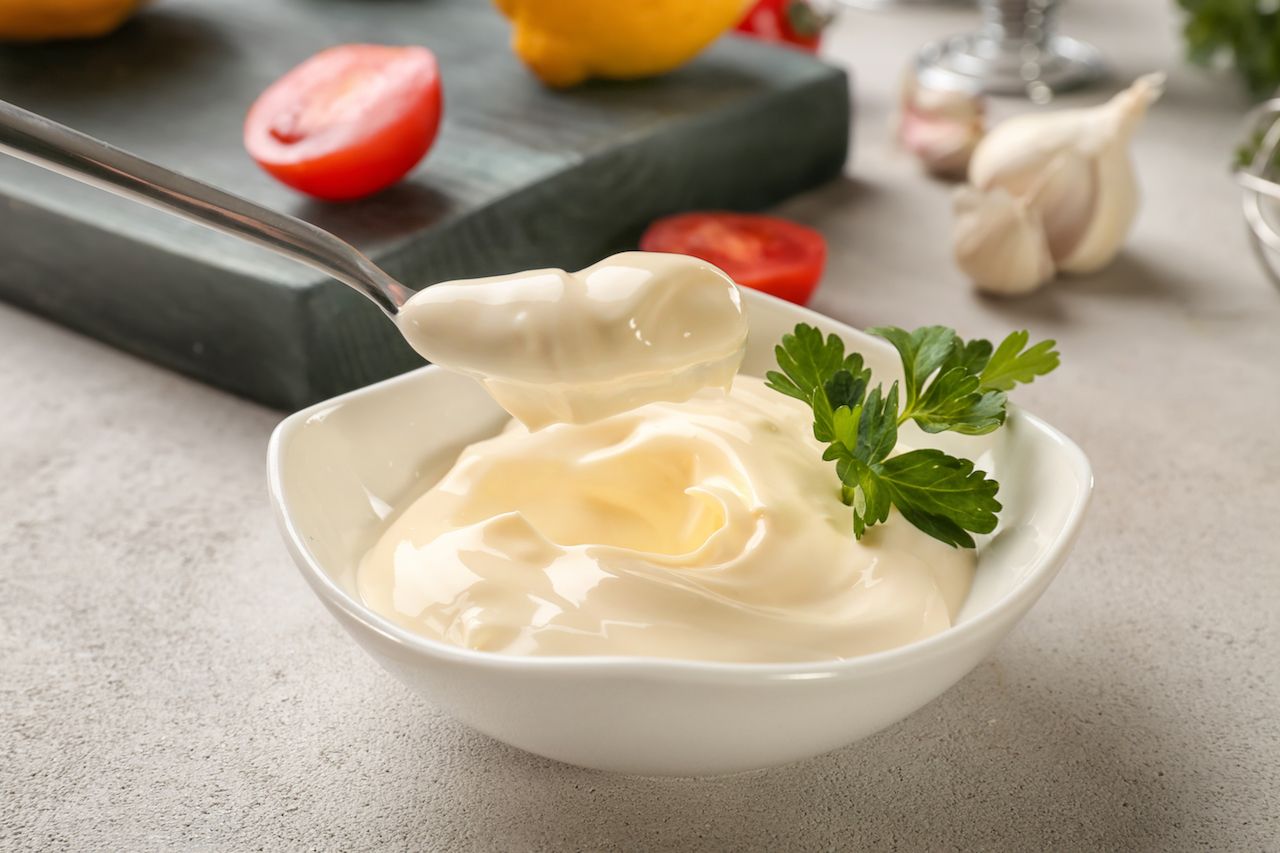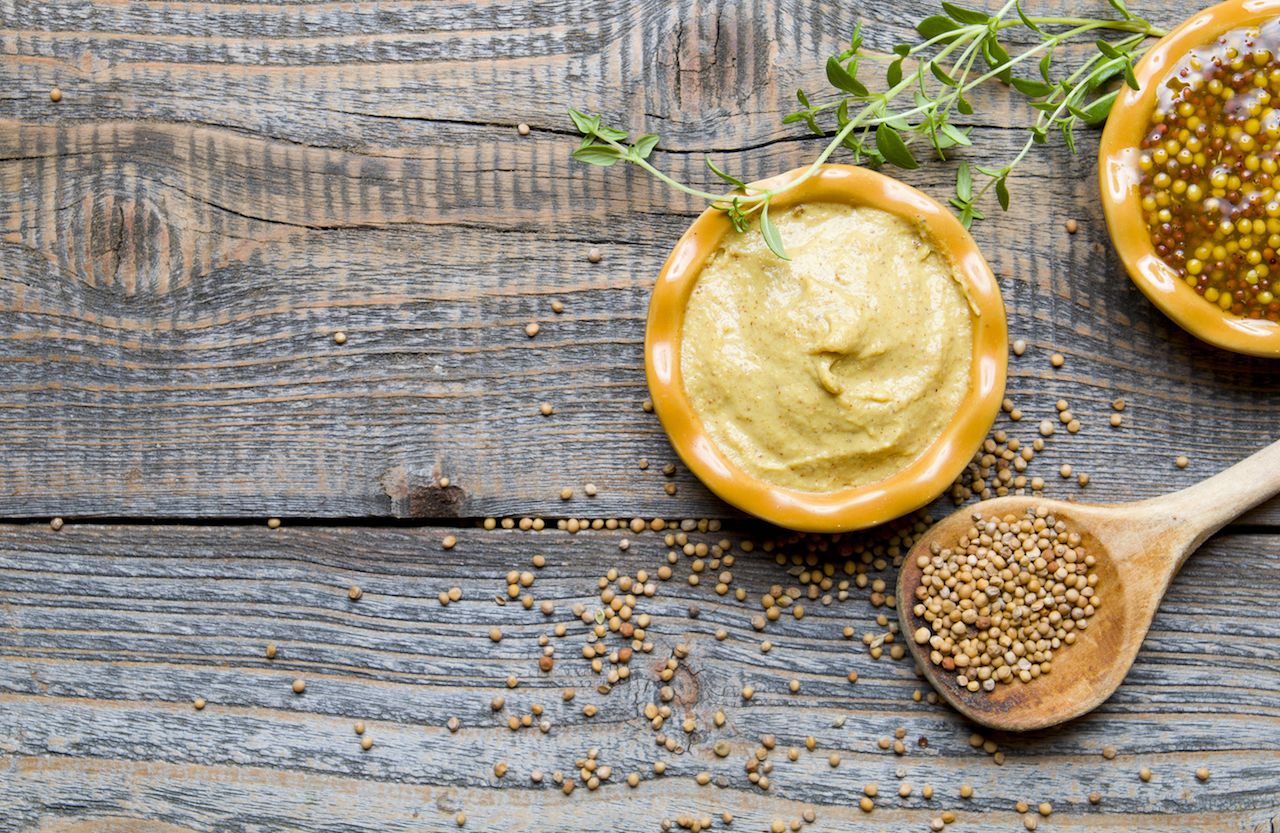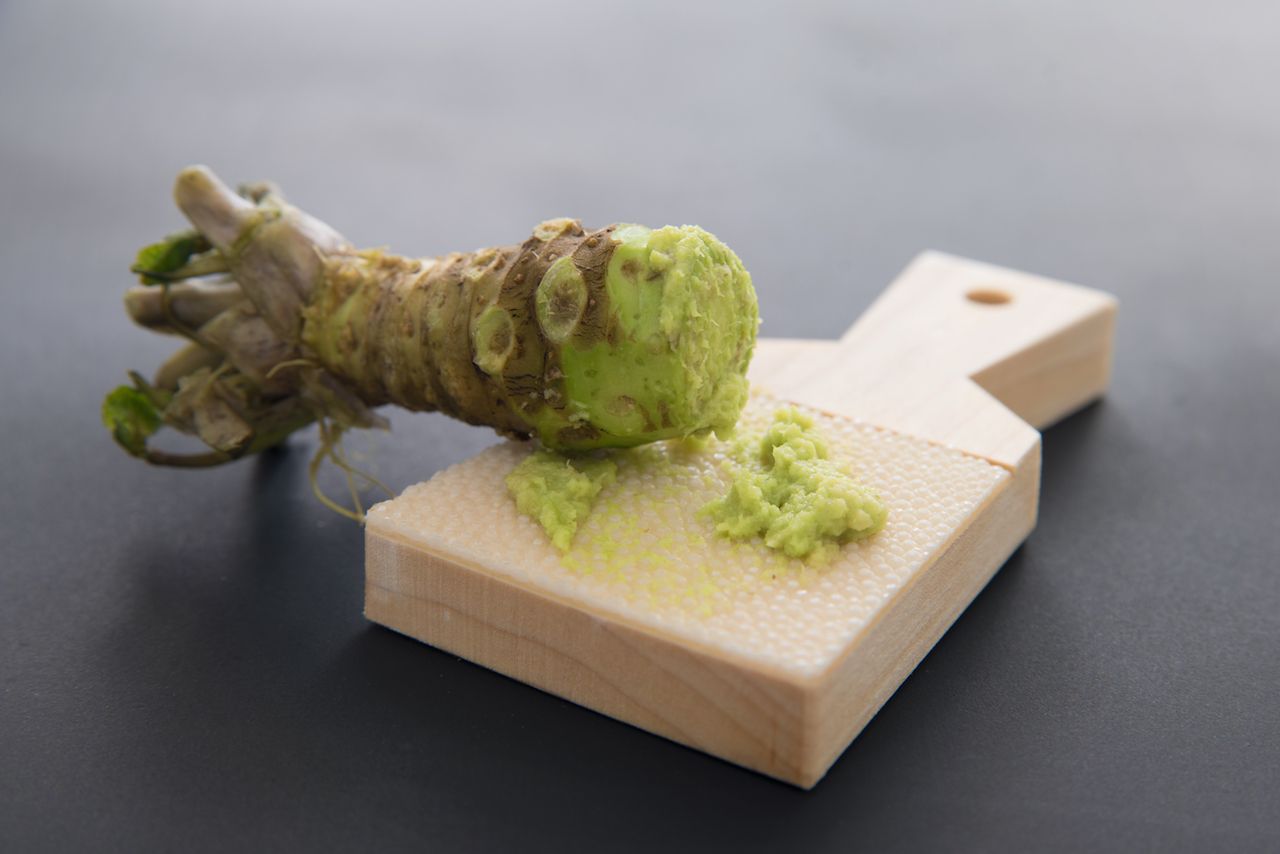Condiments can make or break a meal. They’re the addition that saves a dry sandwich and the extra touch that spices up a bit of sushi. No matter what you’re eating, there always seems to be a condiment on the side that is there to at least improve a dish, if not save it entirely. It’s something that has been done throughout history — something that’s immediately clear as soon as you take a deeper look at where your favorite condiments come from.
This is how your favorite condiments came to dominate your plate.





